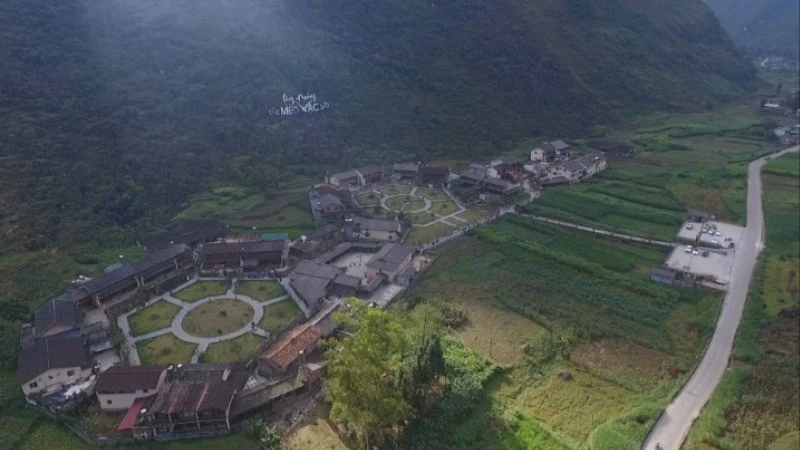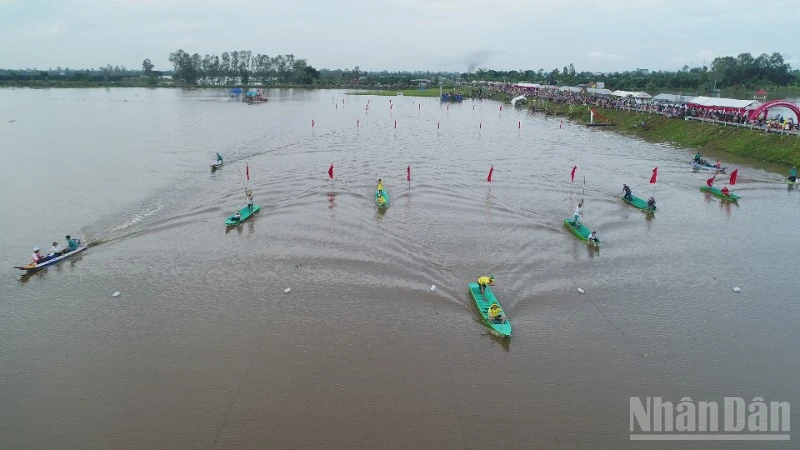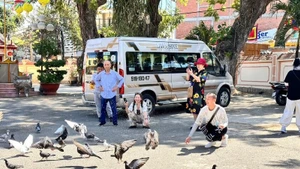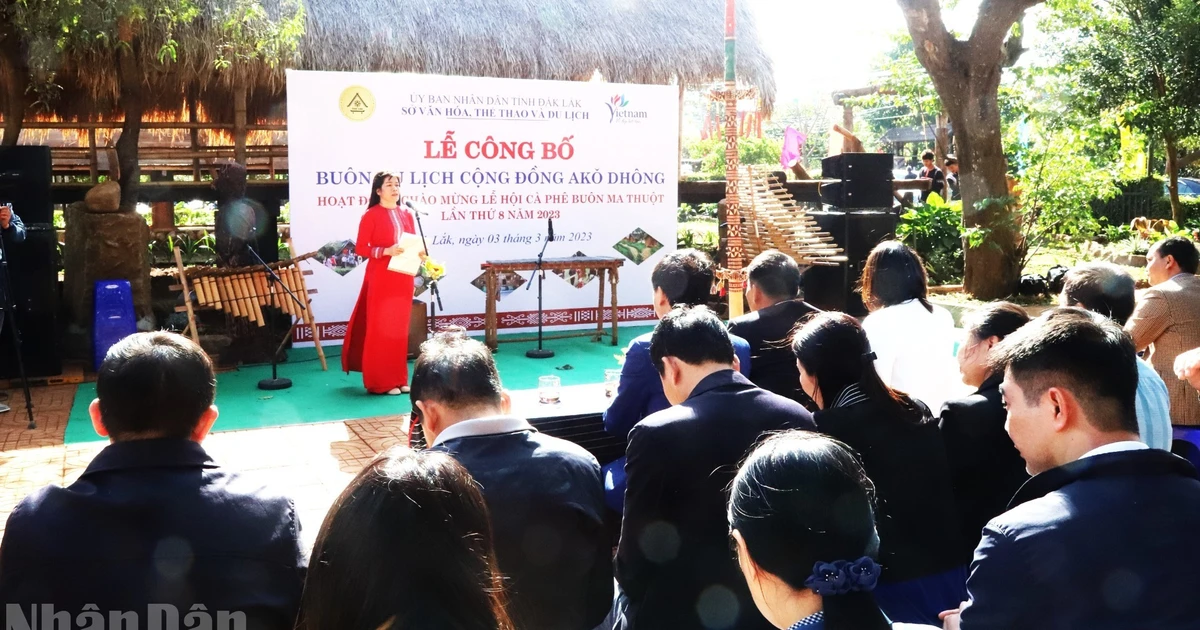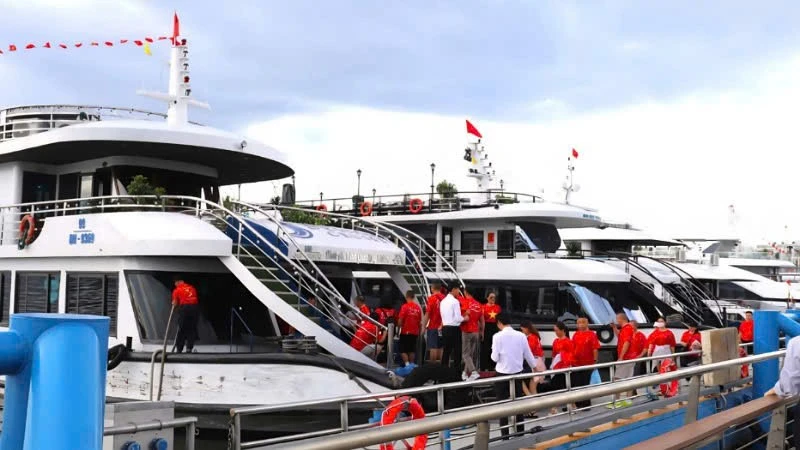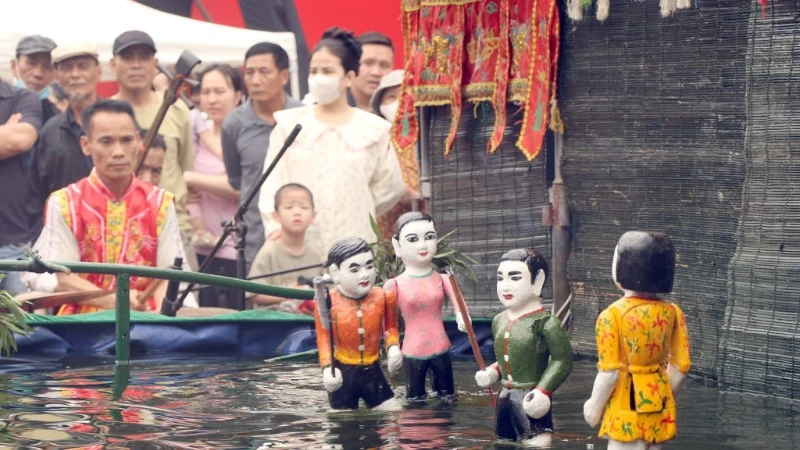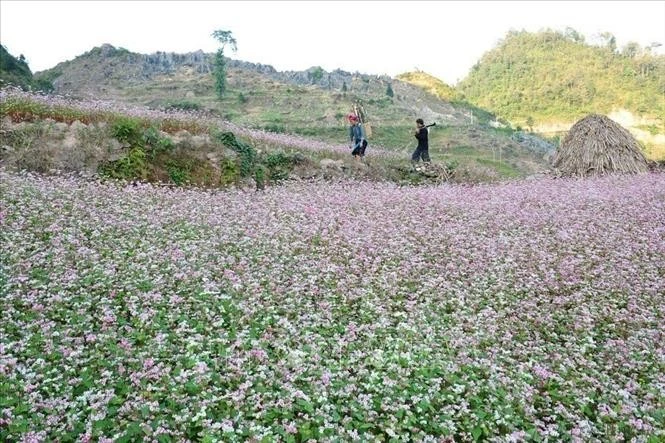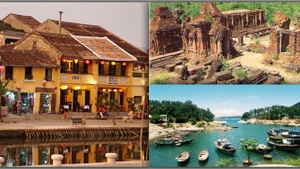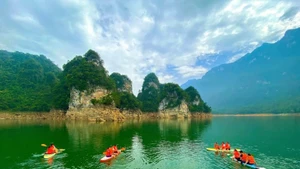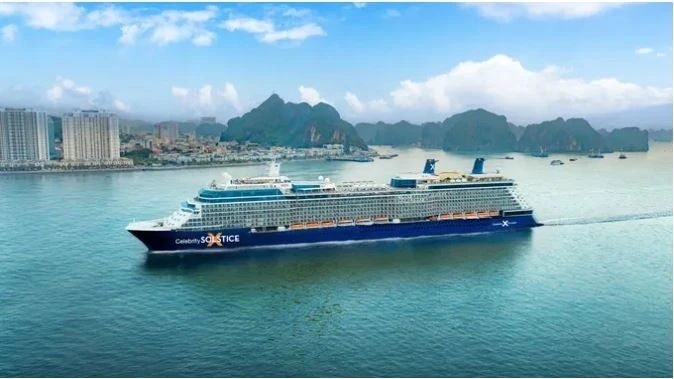Currently, 19 families in the village participate in the community-based tourism model. According to Nung Thanh San, owner of Meo Vac Ethnic Homestay, he began learning how to use social media, filming and editing videos himself to showcase the Mong ethnic minority people’s culture.
After attending local training courses on digital transformation, San took the initiative to further improve his knowledge through YouTube, studying how to write content and select engaging topics to share on his personal page. Along with other households in the village involved in tourism development, he has actively promoted customs, culture, and tourism products to visitors.
Chu Minh Quang, Deputy Director of the Meo Vac Cultural, Information and Tourism Centre and Head of the Management Board of the Mong Ethnic Community-Based Cultural and Tourism Village, said: “The number of visitors discovering the village through online channels has increased steadily in recent years. In the first six months of 2025 alone, we welcomed over 51,000 visits, including more than 12,500 international tourists, with estimated revenues exceeding 15 billion VND. We have partnered with various agencies, businesses, and social organisations to hold numerous training sessions, equipping local people with the skills to use technology and interact with tourists via social media to promote regional tourism products.”
Hoang Van Hung, Chairman of the Meo Vac Communal People’s Committee, stated that the local authorities are always supportive and encourage residents to learn how to use social media to promote their cultural identity and village products.
Similarly, Ban Lien Commune in Lao Cai Province has become a popular highland tourism model thanks to digital transformation. Vang A Binh is one of the pioneers in the local tourism sector. With support from local authorities and the Centre for Rural Economic Development (CRED), in 2020, he invested in building the Binh Ban Lien Homestay. Designed in the style of traditional houses on stilt, it can host up to 15 guests at a time.
Since 2023, Ban Lien has gained access to mobile and internet networks. Binh began learning how to use social media and created his own fan page to share vibrant images of village life. As a result, Ban Lien’s image has become more familiar to visitors.
Inspired by Binh’s model, many villagers have gradually embraced digital platforms, helping to spread ethnic cultural values and attract tourists. Nguyen Huu Trung, Chairman of the Bac Ha Tourism Club (Lao Cai Province), commented that: “In destinations like Ban Lien, the application of technology has helped change mindsets and improve local people's awareness of the tourism business. The destination’s images have become more appealing, as they are authentically conveyed through the stories and perspectives of the local people themselves”.
To support the development of highland tourism, the Viet Nam National Authority of Tourism has intensified its promotion efforts on digital media platforms. Experiences of international travellers exploring mountain routes, local markets, and festivals are widely shared on social media, generating widespread interest.
According to Director General of the Viet Nam National Authority of Tourism Nguyen Trung Khanh, social media enables homestay operators to create fan pages, take bookings, and interact with guests at little cost, fostering a sense of friendliness and connection. These platforms also fuel entrepreneurial creativity within the community, as more ethnic minority youths confidently livestream to introduce local specialties and culture.
Today, many local tourism providers are leveraging social media to promote their products, services, and activities. However, for sustainable development that complies with legal and social standards, there is a need for training and guidance in responsible communication and social media use for the local population.
